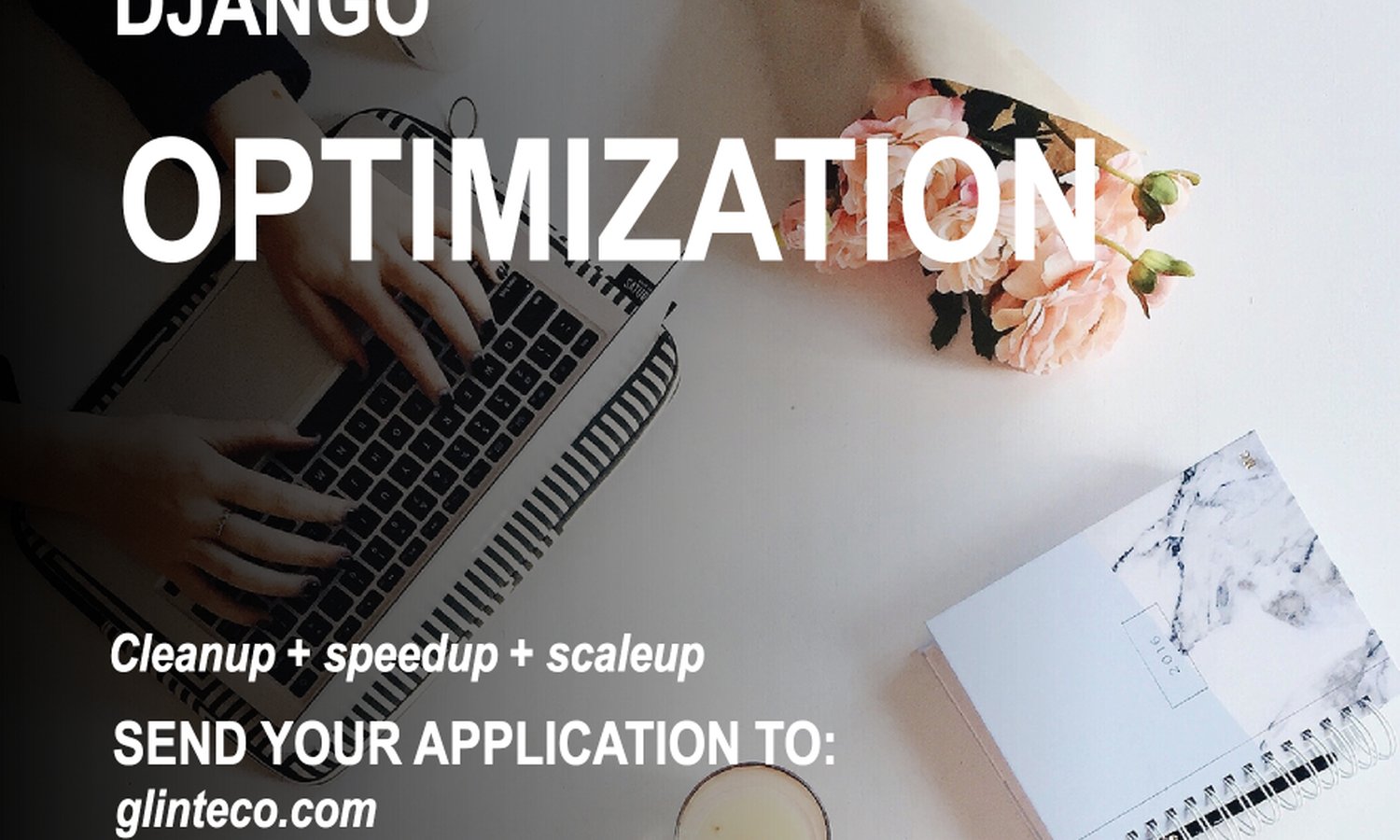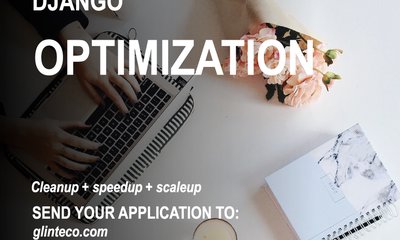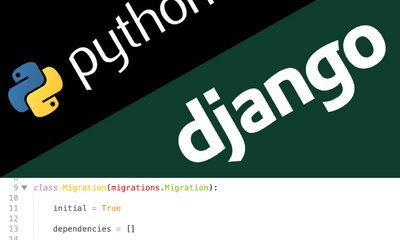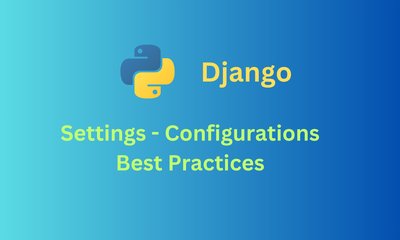Djangoアプリケーションクリーンアップ
By khoanc, at: 2023年7月17日11:26
Estimated Reading Time: __READING_TIME__ minutes


はじめに
Djangoアプリケーションの動作が遅くてお困りではありませんか?
コードベースがますます散らかってきて、保守が難しくなってきていませんか?
アプリケーションのクリーンアップが必要かもしれません! 整理整頓され、最適化されたDjangoアプリケーションは、パフォーマンスの向上だけでなく、将来の開発も簡素化します。この記事では、Djangoアプリケーションのクリーンアッププロセスについて詳しく説明し、ピークパフォーマンスを実現する方法を解説します。重要なポイント、エッジケース、便利なヒントとコツ、ベストプラクティスについて説明し、コードスニペットの例も示します。
1. Djangoアプリケーションをクリーンアップする理由
人的資源の変更、管理の不足、予算の制約などによって、時間の経過とともにコードベースが悪化することは否定できない事実です。これにより、保守コストの上昇とアプリケーションのパフォーマンス低下につながります。
クリーンなコードベースの維持は、長期的な成功にとって不可欠です。蓄積された技術的負債や散らかったコードは、開発速度を低下させ、デバッグを妨げ、パフォーマンスを低下させる可能性があります。Djangoアプリケーションのクリーンアップには、いくつかの利点があります。
-
パフォーマンスの向上: 不要なコードや冗長なデータは、アプリケーションの速度に影響を与える可能性があります。これらを削除することで、応答時間を大幅に向上させることができます。一部のコードは臭くてバグがあり、アプリケーションの速度を低下させる可能性があります。
-
保守性の向上: きちんとしたコードベースは、理解しやすく、扱いやすくなります。開発者は必要なものをすばやく見つけ出し、意図しない結果を恐れることなく変更を加えることができます。
-
バグとエラーの減少: 複製されたロジックや不要な依存関係は、バグが発生する可能性を高めます。クリーンアップすることで、これらのリスクを最小限に抑え、アプリケーション全体の信頼性を向上させることができます。
2. アプリケーションの評価
ボトルネックの特定
クリーンアッププロセスを開始するには、Django Debug Toolbarやプロファイリングツールなどのツールを使用して、パフォーマンスのボトルネックを特定します。遅いビュー、データベースクエリ、リソースを大量に消費する操作を特定します。
もう一つの選択肢として、アプリケーション監視サービス(Sentry/NewRelic)を購入することで、アプリケーションの弱点を見つけることができます。
コードの複雑さの分析
Radonなどのツールを使用して、コードの複雑さを評価します。過度に複雑な関数やクラスを特定することで、クリーンアップの取り組みを最も必要な場所に集中させることができます。
Django-Query-Inspectは、すべてのデータベースクエリをログに記録する便利なツールです。
パフォーマンステストの作成
毎日アプリケーションを使用しない限り、アプリケーションのパフォーマンスを知ることはできません。パフォーマンステストを作成することは、(実際のユーザーのようにアプリケーションを使用しない)すべての開発者にとって、公開前にコードの品質を確認するための最良の方法です。
3. クリーンアップタスクの優先順位付け
未使用のコードと依存関係
コードベースから未使用のコード、テンプレート、依存関係をスキャンします。これらを削除することで、膨張を削減し、潜在的なセキュリティの脆弱性を排除することができます。これは、多くのプロジェクトで豊富な経験を持つ上級開発者だけが実行できる、容易ではない作業です。
便利なパッケージの1つとして、Vultureがあります。
重複したコードとロジック
重複したコードを検索し、再利用可能な関数やクラスに統合します。これにより、コードの明確性が向上し、将来の更新が簡素化されます。Pylintはここで役立つツールです。
非効率的なデータベースクエリ
Djangoのクエリ最適化テクニックを使用して、データベースクエリを最適化します。select_relatedおよびprefetch_relatedメソッドを使用して、実行されるクエリの数を最小限に抑えます。
前述のように、Django-Query-Inspectはすべてのクエリとその実行時間を一覧表示します。これは、データベースのプロファイリングを行う際にまさに探すべきものです。
4. コードのリファクタリングと最適化
ビューとモデルの合理化
ビューとモデルを確認して、単一責任の原則に従っていることを確認します。大きなビューを小さなビューに分割し、モデルを明確で効率的なものにするためにリファクタリングします。
ベストプラクティスは、1つのファイルに1つのクラスを置くことです。**ビューは薄く、モデルは太い**必要があります。
Djangoの組み込み機能の活用
キャッシング、ミドルウェア、シグナルなどのDjangoの組み込み機能を活用します。これらのツールは、最小限の労力でパフォーマンスを大幅に向上させることができます。
最適化に関してこれらのツールをあまり気にしないのは間違いです。これらはDjangoアプリケーションのコア機能であり、アプリケーションの高速化やセキュリティ強化に役立つものもあります(例:Django-ratelimit)。
5. データベースのクリーンアップ
冗長なデータの削除
データベースから不要なデータを特定して削除します。これには、期限切れのセッション、未使用のユーザーアカウント、孤立レコードなどが含まれます。
プロジェクトが大きくなると、多くのデータベーステーブル、ビュー、フィールドは冗長になり、しばらく使用されなくなります。これは、迅速に作業して後で問題を解決するというトレードオフの結果であり、対処しやすいものです。
パフォーマンスのためのインデックス作成
頻繁にクエリされるフィールドに適切なインデックスを追加することで、データベースを最適化します。これにより、データの取得速度が向上し、全体的な応答時間が向上します。
Django-query-inspectとAnalyzeステートメントを使用することで、開発者はすべてのクエリでインデックスがどのように機能するか、そしてDjango-model-indexを使用してインデックスメカニズムをどのように最適化できるかを確認できます。
6. 静的ファイルとメディアファイルの管理
未使用のファイルの削除
未使用のファイルとアセットを削除することで、静的ディレクトリとメディアディレクトリをクリーンアップします。これにより、ストレージ要件が削減され、ファイル処理が高速化されます。
考えられる解決策の1つとして、Django-distillとCloudflareを使用する方法があります。
ファイルストレージの最適化
ファイルの配信をオフロードするために、コンテンツ配信ネットワーク(CDN)の使用を検討してください。CDNはファイルを地理的に分散されたサーバーに配信するため、サーバーの負荷を軽減します。

7. クリーンアッププロセスの自動化
継続的インテグレーション
コード品質チェックと自動テストを開発ワークフローに統合します。これにより、新しい散らかりがコードベースに入るのを防ぎ、クリーンアップのベストプラクティスを適用します。
クリーンアップ、リスタイリング、セキュリティチェックのための完全な組み合わせは、Pre-commit + Fourmatです。
タスクランナーとスクリプト
一時ファイルの削除や古いデータベースレコードの削除など、ルーチン的なクリーンアップタスクを自動化するために、スクリプトを作成するか、Celeryなどのタスクランナーを使用します。
8. 清潔さを維持するためのベストプラクティス
定期的なコードレビュー
定期的なコードレビューを実施して、散らかりやコーディング標準からの逸脱を早期に発見します。ピアレビューは、クリーンなコードベースを維持するのに役立ちます。
ドキュメントのメンテナンス
ドキュメントを最新の状態に保ちます。コードベースを文書化することで、新しい開発者がアーキテクチャを理解し、情報に基づいた貢献をすることができます。

9. エッジケースと複雑さ
レガシーコードの処理
レガシーコードの処理には、綿密な計画が必要です。機能を維持しながら、レガシーセクションを徐々にリファクタリングしてクリーンアップします。
データ移行戦略
データをクリーンアップする場合は、包括的な移行戦略を策定します。変更を加える前にデータをバックアップし、スムーズな移行を確保します。
10. 効率的なクリーンアップのためのヒントとコツ
バージョン管理とブランチング
バージョン管理を使用して、メインのコードベースに影響を与えることなく、クリーンアップの変更を試行します。クリーンアップタスクにはフィーチャーブランチを作成します。
ロギングと監視
クリーンアップ中の変更とエラーを追跡するために、徹底的なロギングを実装します。クリーンアップ後のアプリケーションのパフォーマンスを監視して、改善を確認します。
Djangoには強力なロギングシステムがあり、Logglyなどの多くのサードパーティサービスと簡単に統合できます。
結論
適切に保守されたDjangoアプリケーションは、作業しやすいものです。コードベースのクリーンアップ、クエリの最適化、リソースの管理に時間をかけることで、保守が容易な高性能なアプリケーションを実現できます。クリーンアップは一度限りの作業ではなく、長期的に報われる継続的なプロセスであることを忘れないでください。
よくある質問
-
Djangoアプリケーションのクリーンアップは時間のかかる作業ですか? クリーンアップには最初は時間がかかるかもしれませんが、パフォーマンスと保守性の向上という長期的なメリットは、その価値があります。
-
クリーンアッププロセスを自動化できますか? もちろんです!スクリプトと継続的インテグレーションを通じてクリーンアップタスクを自動化することで、一貫したクリーンさを確保できます。
-
クリーンアップ中にレガシーコードを処理する最良のアプローチは何ですか? 徐々に行うリファクタリングと戦略的な変更が重要です。重要な領域を優先し、プロセス全体を通してアプリケーションが機能するようにします。





